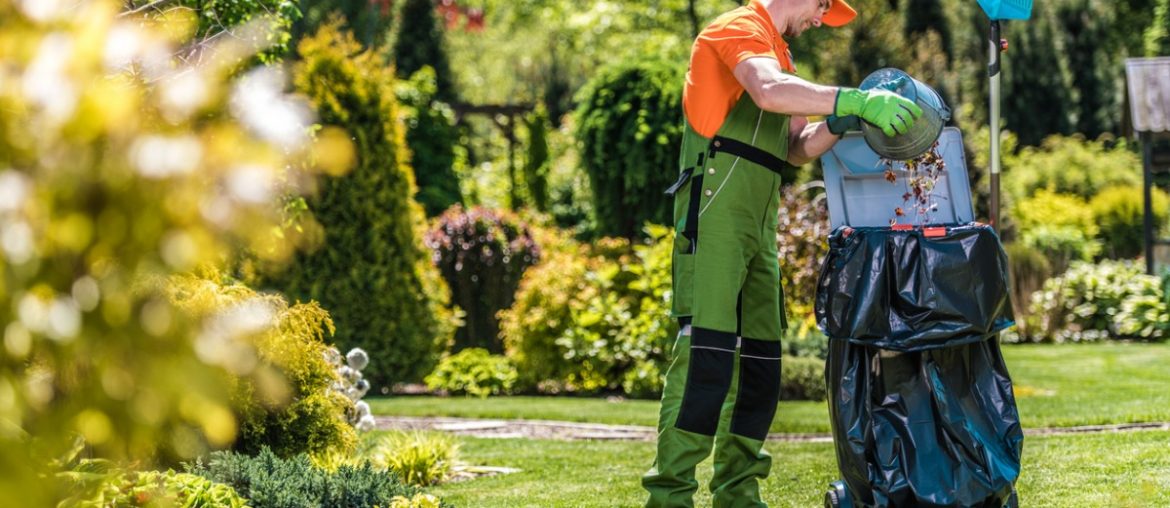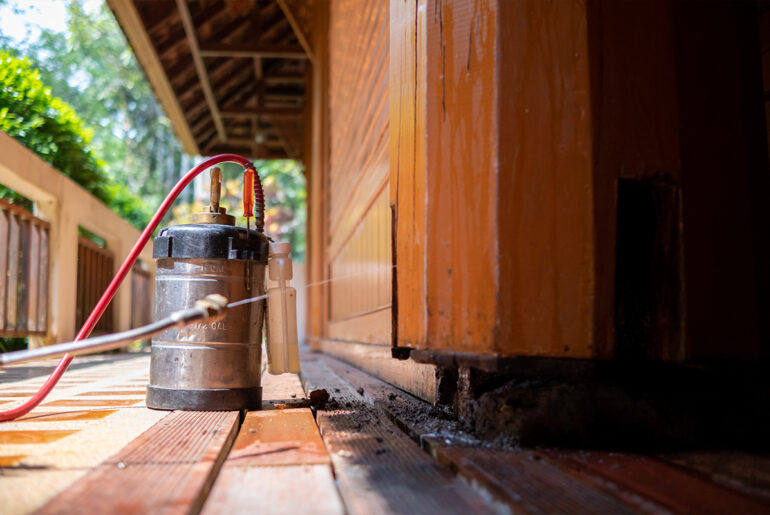As a pest control business owner, you understand the importance of providing effective pest management solutions to your clients while upholding ethical and environmentally friendly practices.
One approach that has gained popularity in recent years is humane pest control, prioritizing the safety and well-being of both the pests and the environment in which they reside.
This article will explore the concept of humane pest control, what it entails, and how it works. As an expert in the pest control industry, we aim to provide valuable insights and information to help you adapt to evolving customer expectations and stand out from the competition.
What Is Humane Pest Control?
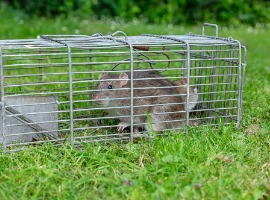
Humane pest control is an approach to pest management that aims to minimize harm to animals, humans, and the environment. Instead of relying on chemical pesticides or other harmful methods, humane pest control focuses on prevention and non-lethal techniques.
When employing humane pest control, businesses must follow the following principles:
- The intended advantages and disadvantages should be made clear.
- It should only get carried out if its objectives can be met.
- The methods that are most efficient in achieving the goals of the pest control program should be employed.
- The methods used must be implemented in the best way possible.
Techniques Used in Humane Pest Control
Humane pest control is an approach to managing pests that emphasizes non-lethal methods to control and prevent infestations. Several techniques can be used in humane pest control, including exclusion, habitat modification, traps, and repellents.
Exclusion as a Key Technique
Exclusion is a technique used to prevent pests from entering a home or building by sealing off all possible entry points. Try filling in gaps and cracks in walls, installing screens on windows and doors, and blocking any holes in the roof or foundation.
Exclusion is a crucial technique in humane pest control because it prevents the need for lethal pest control methods by keeping pests out in the first place.
Habitat Modification
Habitat modification is another technique used in humane pest control. That involves making changes to the environment to make it less hospitable to pests. For example, removing clutter and debris from the yard can discourage rodents and insects from nesting there.
Similarly, keeping food stored tightly can discourage pests from entering the home. Habitat modification is a preventative measure that can help reduce the likelihood of a pest infestation.
Traps
Traps are a commonly used technique in humane pest control. They capture pests without killing them, allowing them to be released elsewhere. No-kill pest control traps are widely used in humane pest control and come in many designs, including live and catch-and-release traps.
These traps are baited with food or pheromones and capture pests safely and humanely. Once captured, the animals can be released into the wild, far away from the home or building.
Repellents
Repellents are another technique used in humane pest control. They repel pests without killing them. Repellents come in many forms, including sprays, powders, and ultrasonic devices.
Some natural repellents, like essential oils, can be used to deter pests without harming them. Repellents can be helpful in humane pest control because they can discourage pests from entering the home or building without using lethal methods.
Get Started With Pest Control Software!
How Does Humane Pest Control Work?
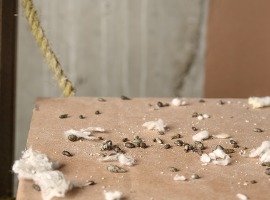
You may be wondering, is my exterminator humane? Humane pest control involves identifying pests, developing a pest control plan, implementing it, and ongoing monitoring and prevention.
Identifying Pests and Developing a Humane Pest Control Plan
The first step in humane pest control is identifying the type of pests present and the extent of the infestation. Conduct a thorough inspection of your customer’s property, looking for signs of pests such as droppings, damage to structures, and sightings of live pests. Once they are identified, a humane pest control plan can be developed.
Employing Integrated Pest Management
Integrated Pest Management (IPM) is an approach to pest management that emphasizes multiple strategies to control and prevent pest infestations. It involves using a combination of humane pest control techniques, such as exclusion, habitat modification, traps, and repellents, as well as other strategies, such as sanitation and cultural control.
Ongoing Monitoring and Prevention to Maintain a Pest-Free Environment
Once a humane pest control plan has been implemented, ongoing monitoring and prevention are essential to maintaining a pest-free environment. Regular inspections can help detect pest infestations early before they become a huge pest problem.
Ongoing prevention measures like keeping the property clean and tidy, properly storing food, and sealing entry points, can help prevent pests from entering the home or building.
Benefits of Humane Pest Control

Humane pest control offers numerous benefits over traditional pest control methods that rely on lethal pesticides or traps. These benefits include environmental benefits, potential cost savings for customers over the long term, and improved reputation management for pest control businesses that use humane methods.
Environmentally Friendly
One of the main benefits of humane pest control is its positive environmental impact. Traditional pest control methods often rely on harmful pesticides that can harm the environment and human health. Humane pest control uses non-toxic methods such as exclusion, habitat modification, traps, and repellents to control pest populations.
By prioritizing non-lethal pest control methods, humane pest control reduces the number of toxic chemicals released into the environment. It can help preserve local ecosystems and protect wildlife populations that may be negatively affected by traditional pest control methods.
Potential Cost Savings
Another benefit of humane pest control is the potential cost savings for your customers over the long term. While traditional pest control methods may offer quick results, they often require ongoing treatments to maintain their effectiveness. It can add up to significant costs over time.
Humane pest control, on the other hand, emphasizes prevention and ongoing monitoring to maintain a pest-free environment. Addressing the root causes of pest infestations and taking proactive measures to prevent future infestations can reduce the need for ongoing treatments and potentially save your customers money in the long term.
Increased Reputation Management
Finally, using humane pest control methods can also positively impact the reputation of your pest control businesses. With increased public awareness of the negative impact of traditional pest control methods on the environment and human health, there is a growing demand for pest control companies that use humane solutions.
By using non-lethal methods of pest control and emphasizing environmental sustainability, your pest control business can differentiate itself from your competitors and build a positive reputation among environmentally-conscious customers. That can lead to increased business and customer loyalty over time.
FAQs about Humane Pest Control
Here are some of the most common questions and answers about making pest control humane.
Is it effective?
Yes, humane pest control can be highly effective when implemented correctly. By addressing the root causes of pest infestations and taking proactive measures to prevent future infestations, humane pest control can control pest populations without relying on harmful pesticides.
Is it more expensive than traditional pest control methods?
The cost of humane pest control can vary depending on the specific methods used and the extent of the infestation. However, over the long term, humane pest control can be more cost-effective than traditional methods as it emphasizes prevention and ongoing monitoring to maintain a pest-free environment.
Can its methods be used for all types of pests?
Yes, humane pest control methods can be used for a wide range of pests, including rodents, insects, and wildlife. However, the specific methods for wildlife removal may vary depending on the type of pest and the extent of the infestation.
Are no-kill pest control traps effective?
No-kill pest control traps can be effective at capturing pests without harming them. However, it is important to properly release captured pests to prevent them from returning to the same area or causing harm to other environments.
Are there any downsides to using these methods?
One potential downside to using humane pest control methods is that they may require more time and effort than traditional methods. Additionally, some pests may be more difficult to control using non-lethal methods, which may require the use of more aggressive methods in some cases.
Using PestPac for Humane Pest Control
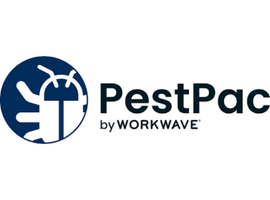
At PestPac, we understand the importance of using humane pest control methods. That’s why our pest control software includes features that can help you implement these methods effectively.
PestPac is a software platform designed specifically for pest control businesses to streamline their operations and improve their efficiency. While it is primarily designed for traditional pest control methods, it can also be used to support humane pest control methods.
One of the key benefits of PestPac is its scheduling and tracking tools. By using our software, pest control businesses can schedule regular inspections and maintenance visits, allowing them to proactively address potential pest infestations before they become more serious. This can help minimize the need for more aggressive pest control methods that may harm the environment or wildlife.
In addition, our software includes features like customer communication and education features that can help pest control businesses educate their customers about the benefits of humane pest control methods. By providing educational materials and resources, businesses can empower their customers to take proactive measures to prevent pest infestations and minimize harm to the environment.
Conclusion
In conclusion, the key to successful humane pest control is to identify the root cause of the infestation and address it using methods that do not harm the animals. It is crucial to use humane pest control methods as they not only reduce the suffering of animals but also protect the environment and human health.
We encourage pest control business owners to consider incorporating humane pest control methods into their service offerings. It can not only help differentiate your business from competitors but also promote a more ethical and sustainable approach to pest management.

